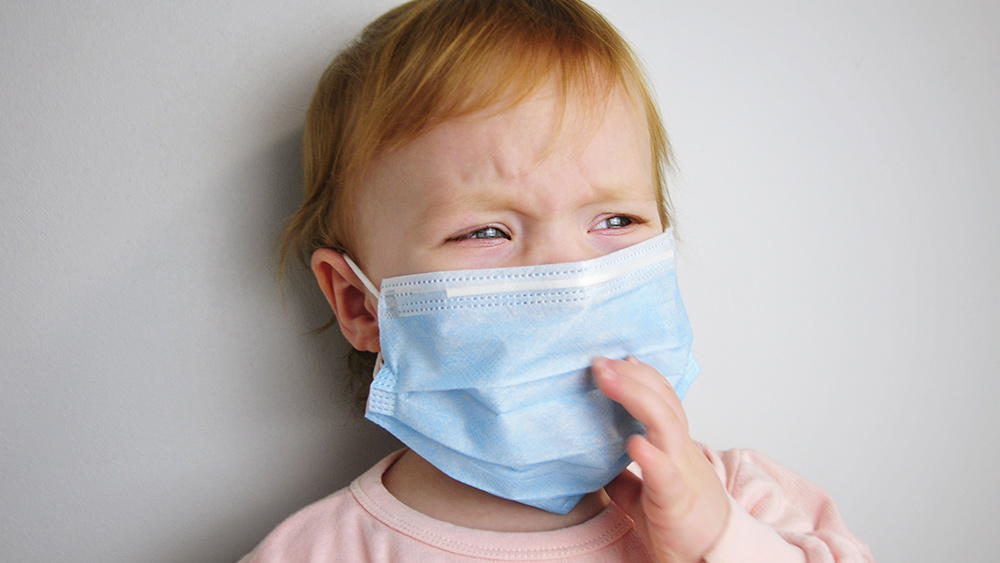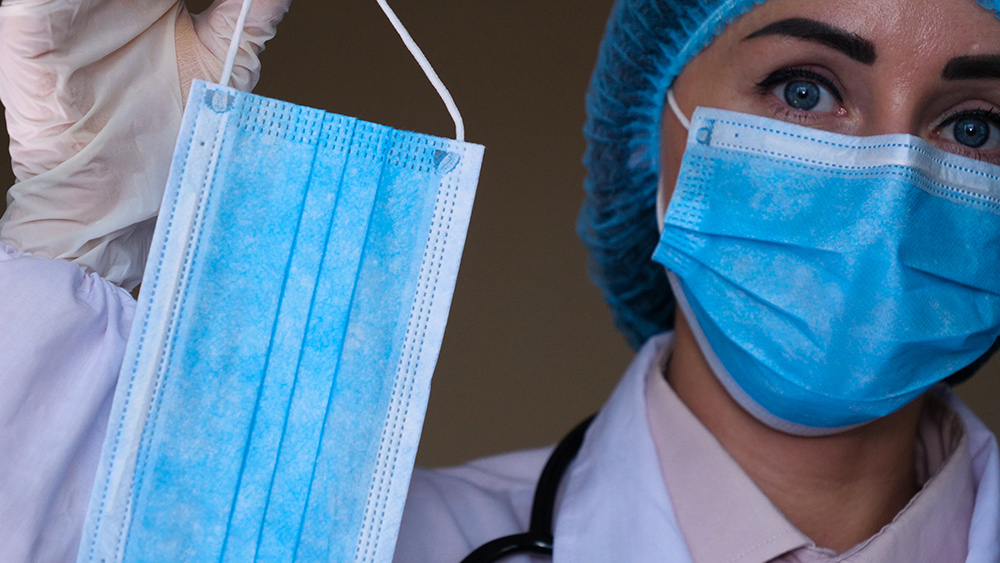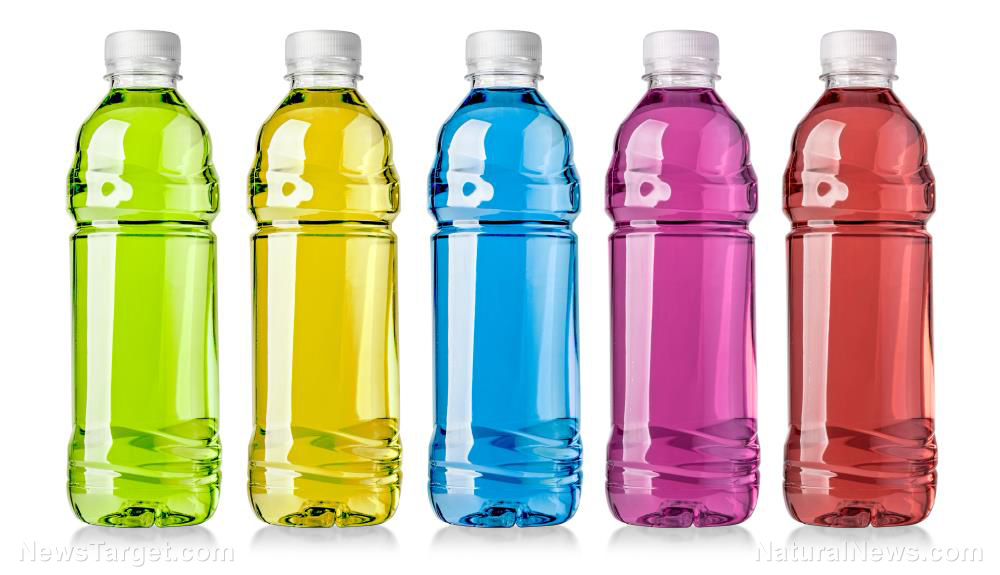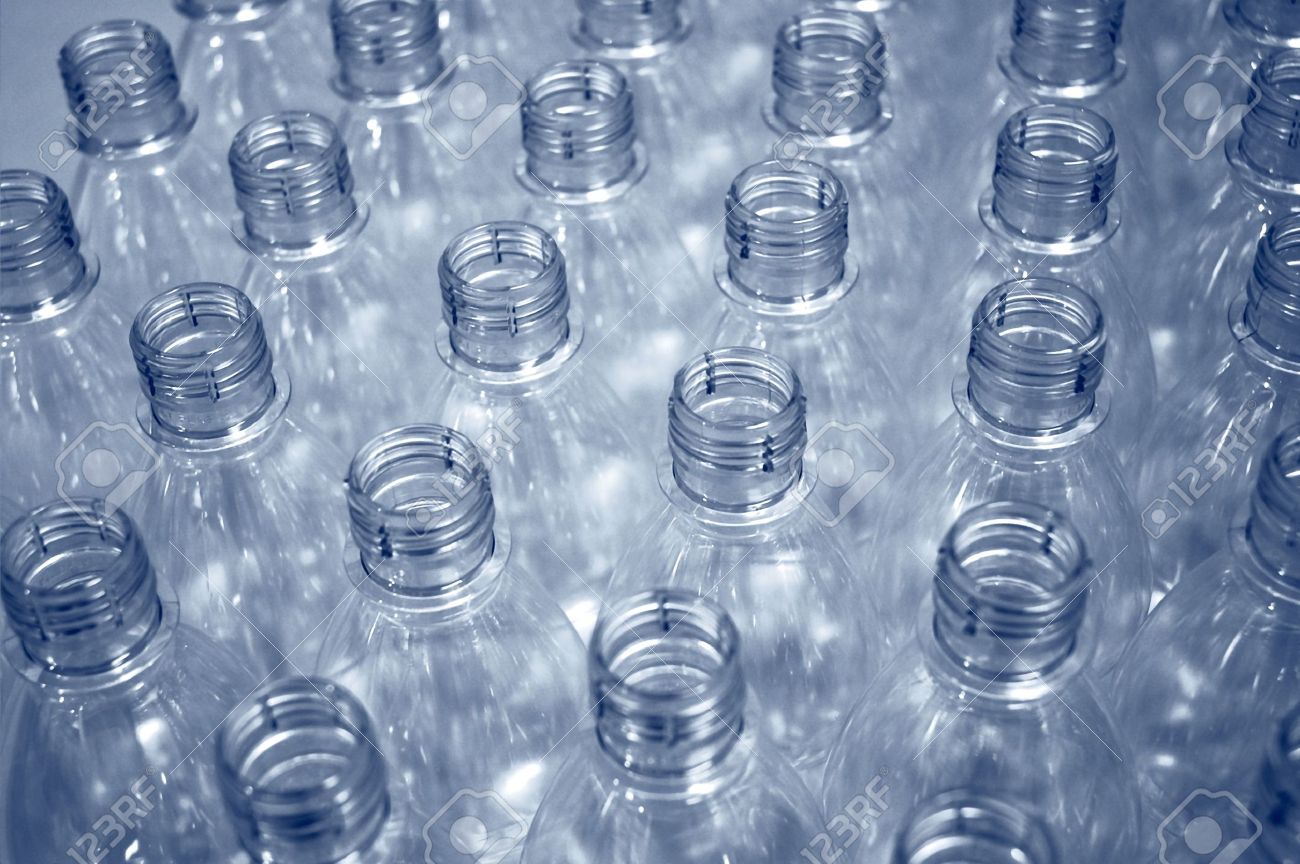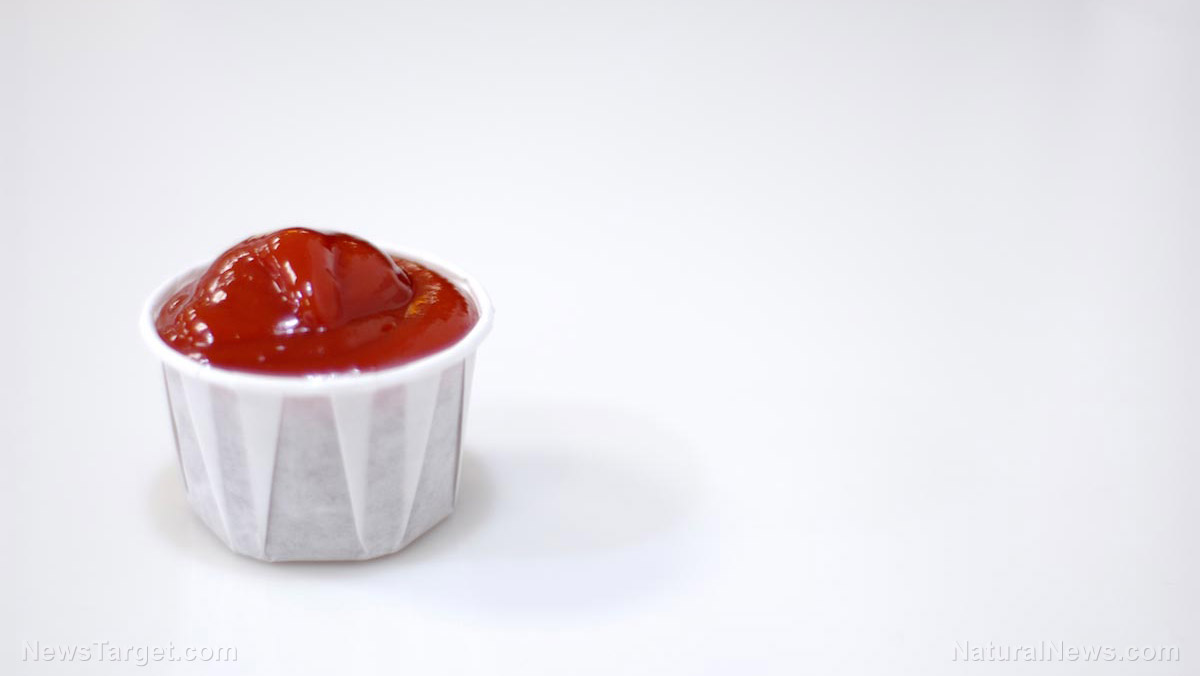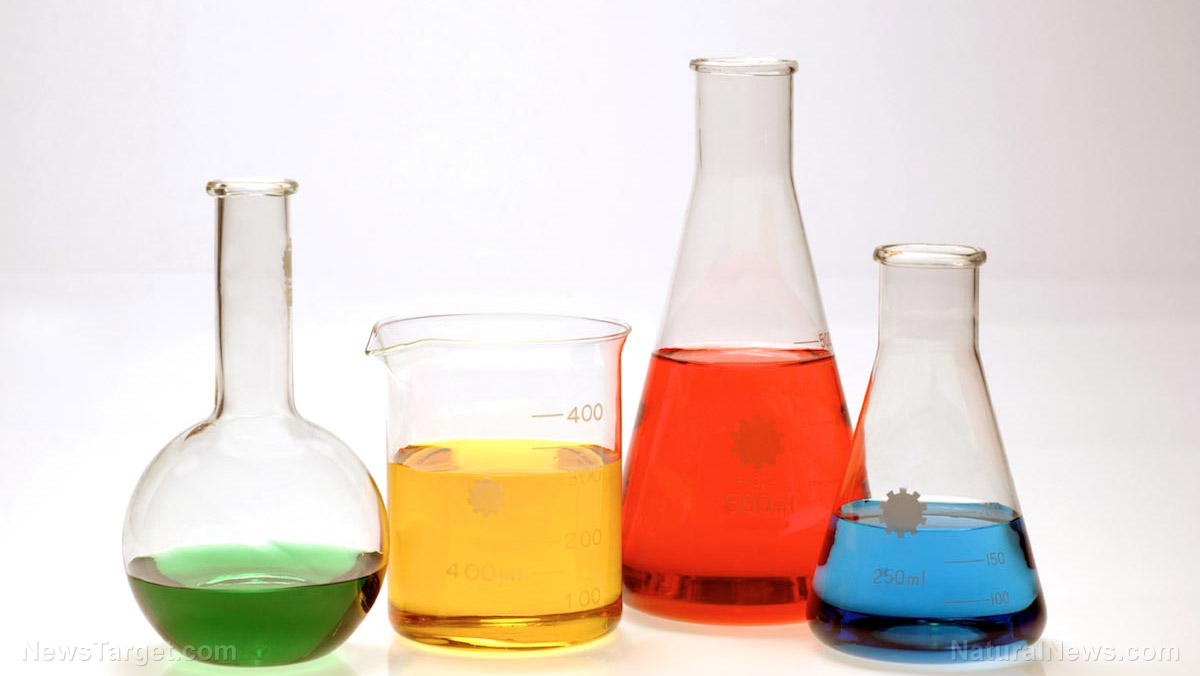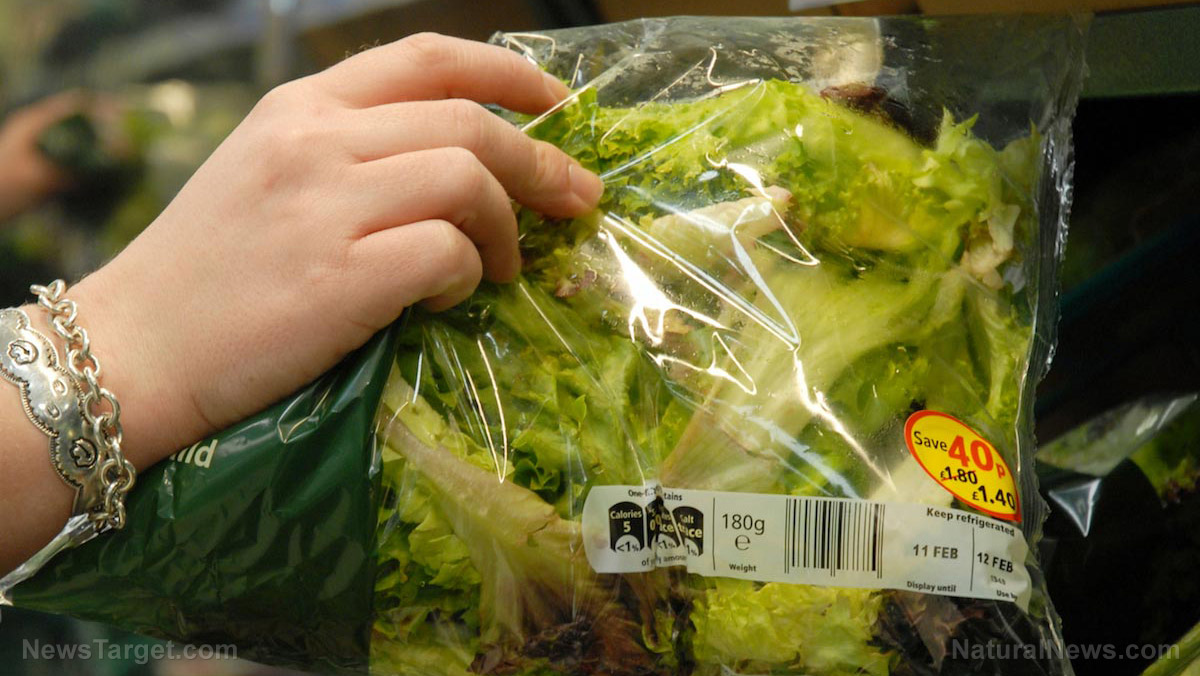Nearly all bottled water found to contain microplastics… you are drinking “plastic stew” that disrupts human hormones
07/15/2019 / By Tracey Watson

Plastic is all around us, in everything from the toys our children play with to the cosmetics we use and the packaging of the foods we eat. And now experts are expressing concerns that all this plastic might mean that microplastics – tiny bits of plastic small enough to be ingested by humans – could be leeching into our bottled water.
A study by researchers from Orb Media, conducted at the State University of New York in Fredonia, has found evidence of microparticle contamination in 93 percent of bottled water tested.
The research team examined 259 bottles of water from 11 different brands purchased at 19 locations in nine different countries. If their findings are confirmed after peer review we will have solid proof that we are dealing with a truly international problem.
In the meantime, the World Health Organization is so alarmed by the study’s findings that it has launched its own investigation into the possible risks of plastic in drinking water. (Related: All our bodies are filled with plastic.)
How healthy could it be?
Governments have not defined “safe” levels of plastic in drinking water, but as Bruce Gordon, coordinator of the WHO’s global work on water and sanitation, told the BBC, the very composition of plastic means that it contains toxins and harmful constituents. Plus, we don’t know what ingesting plastic would physically do to the human body.
It is therefore important that more investigation take place to determine both the short and long-term effects of consuming plastic in this way. (Related: Coca-Cola responsible for polluting the earth with 100 BILLION plastic bottles, reveals alarming investigation.)
What’s in the plastic is the problem
As reported by Healthline, some of those toxic “ingredients” in plastic include endocrine disrupting chemicals (EDCs). These chemicals are found in many types of plastic and can seriously disrupt hormonal balance.
“So many of our plastic products that come in contact with food and beverages are made with endocrine-disrupting chemicals that leech into the environment and end up in our bodies in measurable quantities,” Nancy Wayne, a professor of physiology and reproductive endocrinologist at the David Geffen School of Medicine at the University of California in Los Angeles, told Healthline.
“Bisphenol A or BPA is detected in over 90 percent of urine samples from thousands of humans tested. That means that it is in high enough amounts in blood that it spills into our urine prior to being fully metabolized. Animal studies show that low amounts of BPA, below that which the FDA says is safe, leads to a host of abnormalities.
“Higher level of exposure to BPA in humans is associated with a host of health problems, including higher body fat in children, increased risk of miscarriages and premature birth, and increased incidence of prostate cancer,” she added. “And that’s just one of many chemicals. Add in all the other endocrine-disrupting chemicals and toxins we are exposed to, and we have a big problem that is impacting everyone, no matter who you are, where you live, or what your socioeconomic status is.”
Perhaps this explains why studies have found that close to 90 percent of teens have traces of these chemicals in their bodies. It is hardly surprising that so many young people are now totally confused about their gender, when you consider that their bodies are full of gender-altering, hormone-disrupting chemicals.
And now there are real concerns about plastic in our drinking water. If things continue as they are, our entire food and drinking supply might end up contaminated by plastic in one way or another.
Learn more about water contamination at CleanWater.news or Microplastics.news.
Sources for this article include:
BBC.co.uk[PDF]
Submit a correction >>
Tagged Under:
Bottled Water, BPA, clean water, edcs, endocrine-disrupting chemicals, food, microparticles, microplastics, Plastic, plastic bottles, plastics, toxic ingredients, water, Water contamination
This article may contain statements that reflect the opinion of the author
RECENT NEWS & ARTICLES
Microplastics.News is a fact-based public education website published by Microplastics News Features, LLC.
All content copyright © 2018 by Microplastics News Features, LLC.
Contact Us with Tips or Corrections
All trademarks, registered trademarks and servicemarks mentioned on this site are the property of their respective owners.







